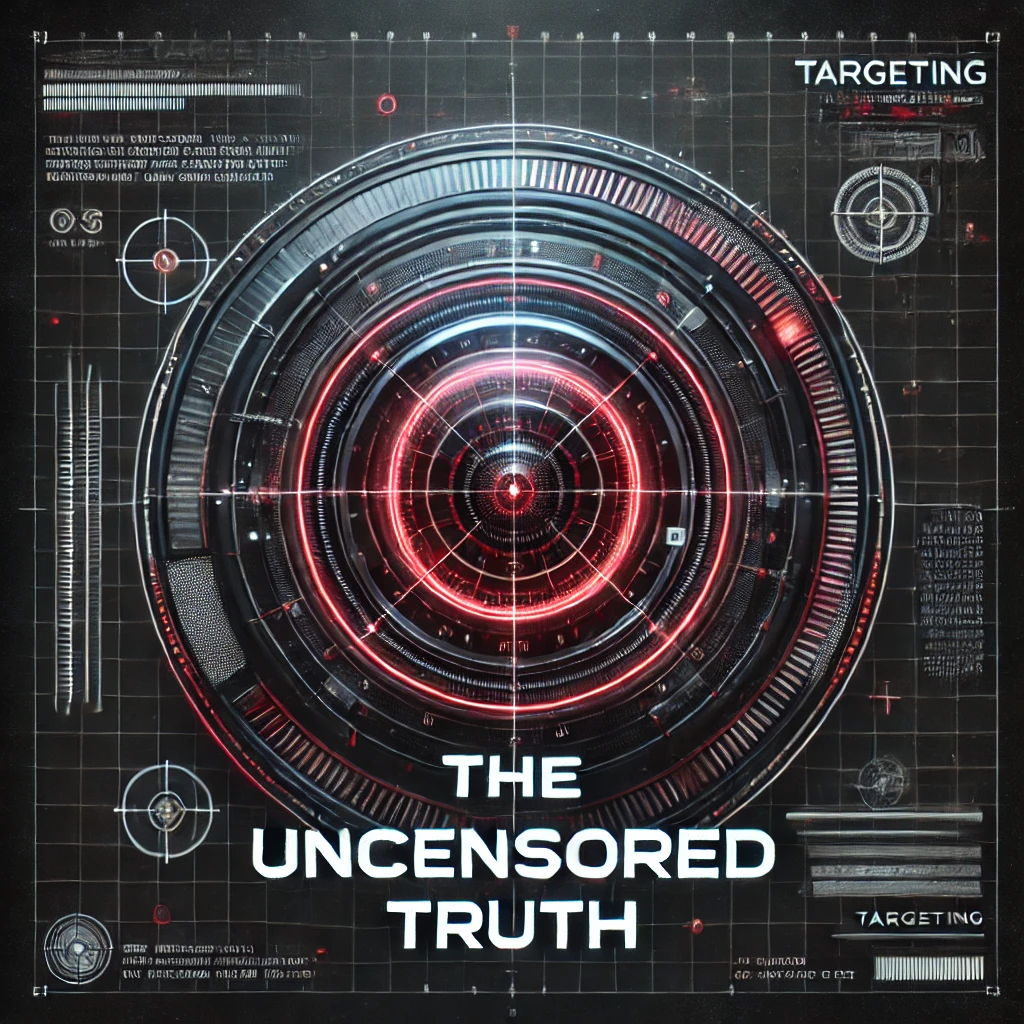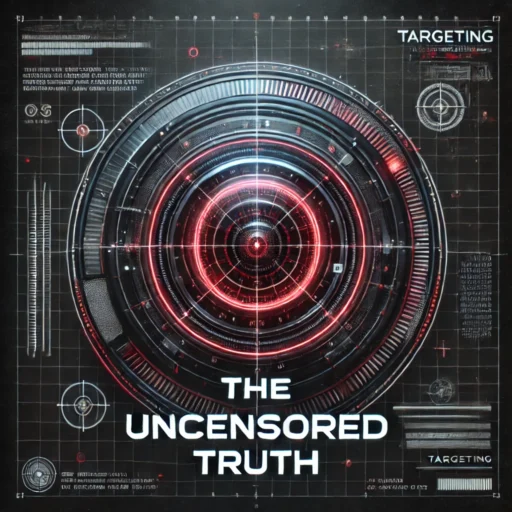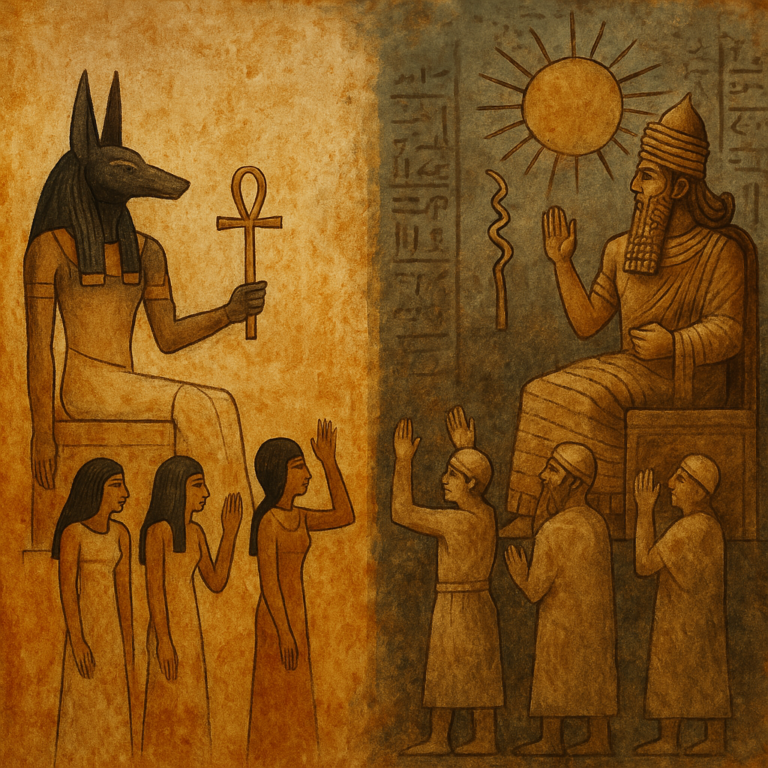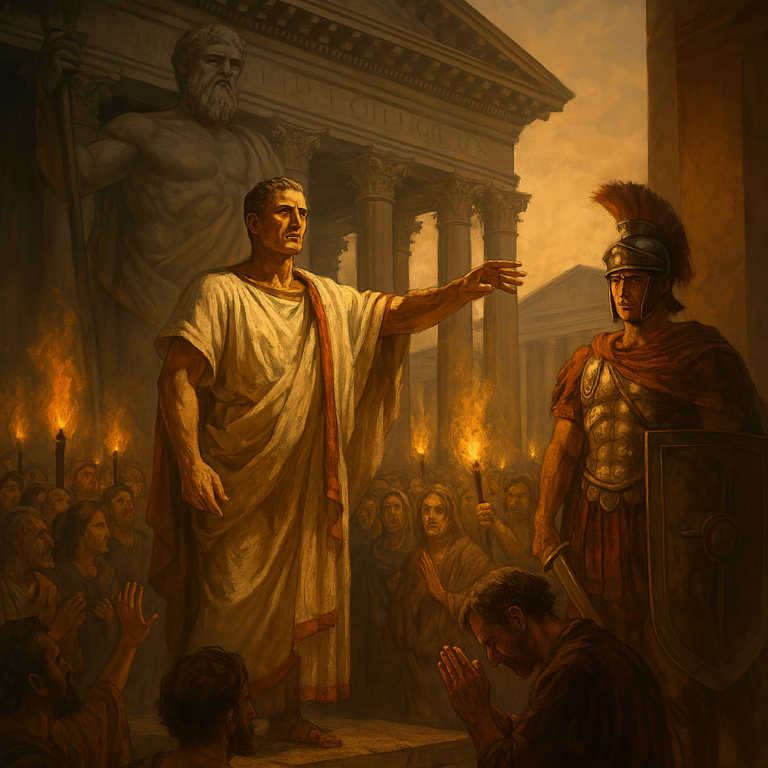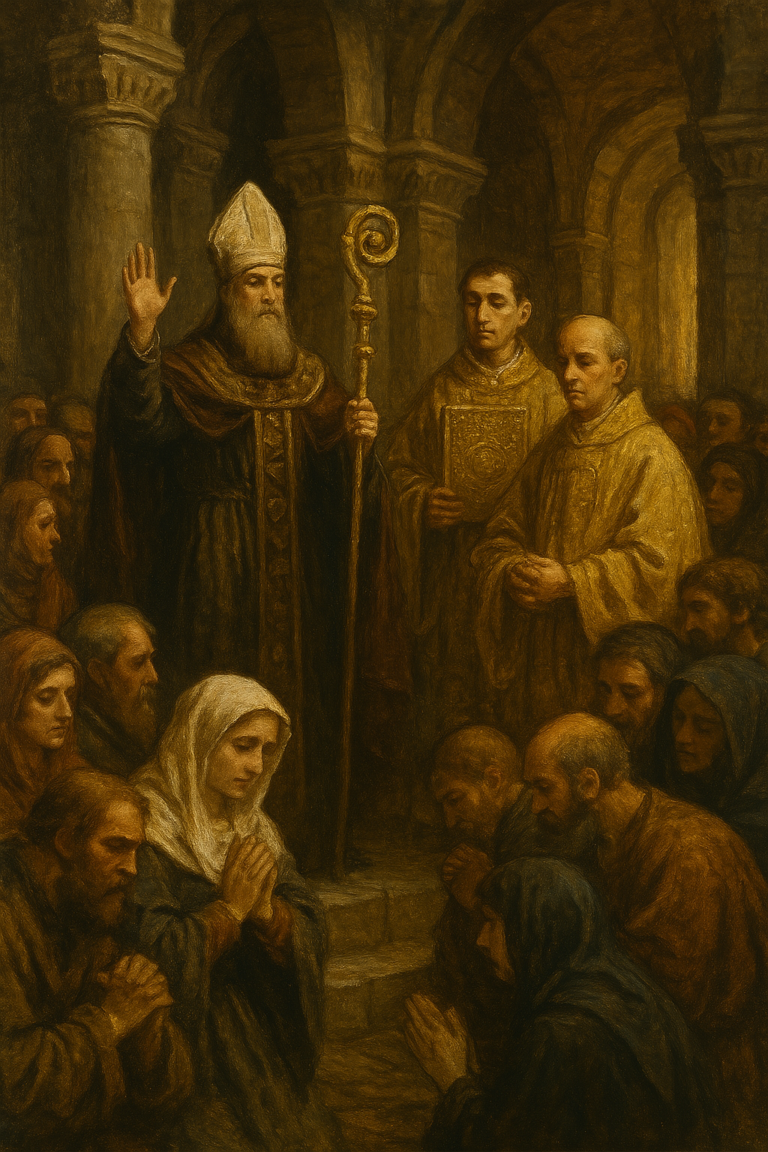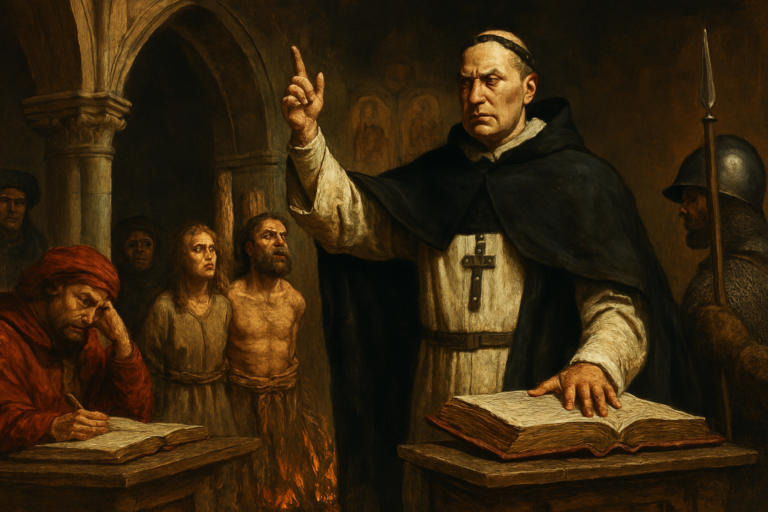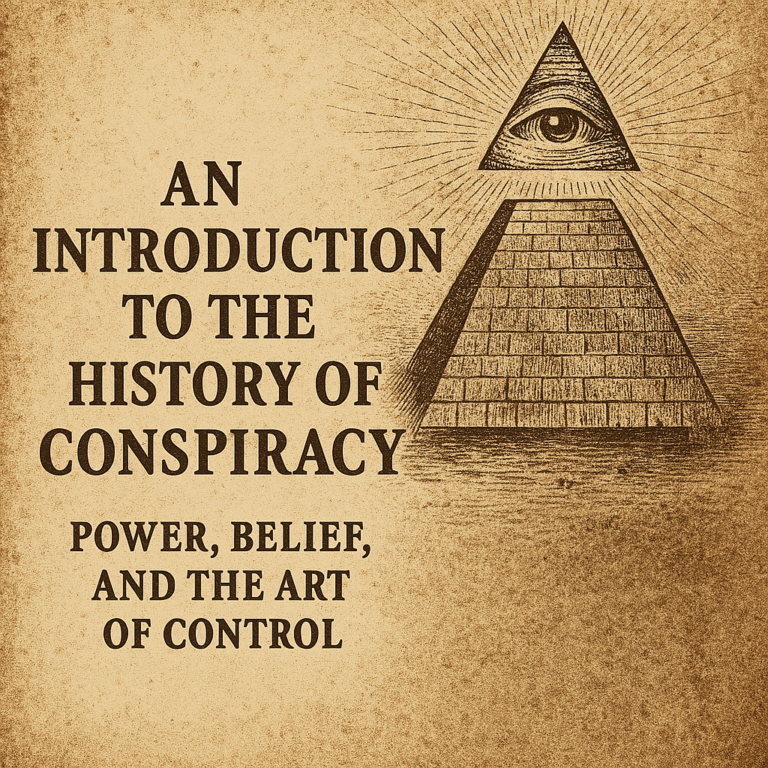Part I: 3000 BCE to 100 BCE – Introducing Mankind To The Divine
In the earliest civilizations, kings didn’t just govern — they were descended from heaven. Or so their subjects were taught.
Long before modern media, surveillance technology, or political branding, the elite discovered a more elegant method of control: embed belief so deeply that the people begin to govern themselves. Through mythology, law, ritual, and fear, the ancient rulers of Mesopotamia and Egypt laid the foundation for indoctrination-based compliance — a system that rewarded obedience, discouraged dissent, and conditioned the population to police not only themselves, but one another.
Mesopotamia: Laws from the Gods, Authority from the Top
The Sumerians, Akkadians, Assyrians, and Babylonians created some of the first city-states, but also the first narratives of divine legitimacy.
🔹 The Stele of Hammurabi (c. 1754 BCE)
This basalt monument, etched with 282 laws, is one of the clearest examples of law being used to create a moral and spiritual hierarchy. At the top of the stele, Hammurabi is shown receiving the laws directly from Shamash, the sun god and divine judge.
This wasn’t artistic flair — it was ideological engineering. The laws weren’t presented as decisions of men, but as sacred decrees. Disobedience was not just illegal — it was impious. The penalties for defiance were brutal: mutilation, drowning, public death. But the real brilliance was in the framing: you weren’t punished by a man — you were punished by the cosmic order itself.
By portraying the king as merely the executor of divine will, the system discouraged direct opposition. To resist the king was to resist heaven.
🔹 The Threat Behind the Belief
Hammurabi’s code also explicitly outlines the role of accusers and witnesses. If someone was suspected of violating the order — theft, sorcery, disrespect — the community was responsible for reporting them. In some cases, failing to report wrongdoing was itself punishable.
This wasn’t just a legal system. It was an early model of social surveillance — a structure that made every citizen a potential enforcer of elite power. Not because they feared the king’s wrath, but because they feared the gods’ punishment — in this life or the next.
Learn About The Code Of Hammurabi
Egypt: The Pharaoh as God, The People as Disciples
In ancient Egypt, the elite perfected the art of theological monarchy. Pharaohs were not simply chosen by gods — they were gods. This fusion of political and spiritual authority created one of the most stable and enduring authoritarian systems in history.
🔹 Divine Kingship and the Ma’at Ideology
The concept of Ma’at — cosmic balance, justice, and order — was central to Egyptian belief. The Pharaoh was the guardian of Ma’at, and thus, the stabilizing force of the universe. If the Pharaoh failed, or if people acted unjustly, chaos (Isfet) would return. The Nile would fail to flood. Crops would die. Disease would spread.
This gave every action — from tax payment to proper burial rituals — cosmic weight. Citizens didn’t just obey the Pharaoh — they upheld reality itself by submitting to his rule.
🔹 Monumental Indoctrination
Temple walls, obelisks, tombs, and monuments reinforced this narrative. The Pyramid Texts, Coffin Texts, and later Book of the Dead described the Pharaoh’s journey through the afterlife, his eternal godhood, and his cosmic responsibilities. These weren’t hidden in libraries — they were public, visual, and omnipresent.
The average Egyptian may not have understood complex theology, but they saw their ruler depicted as larger than life, blessed by gods, and inseparable from the sun’s eternal cycle. You didn’t just follow the Pharaoh because you feared punishment — you followed him because not doing so felt like betrayal of the natural order.
Fear as an Essential Feature, Not a Flaw
Ancient rulers didn’t rely solely on belief — they fused it with threat.
- In Mesopotamia, defying the king could result in public mutilation or execution.
- In Egypt, failure to honor rituals could mean exclusion from the afterlife.
- Across both cultures, communal responsibility meant that others were incentivized to report, shame, or punish those who strayed from orthodoxy.
This wasn’t a byproduct — it was a design. The goal was internalized compliance, reinforced by fear of divine retribution, social exclusion, or state violence. Indoctrination without consequence would be fragile. But indoctrination backed by existential threat? That was unbreakable.
Self-Policing: The Ancient Panopticon
French philosopher Michel Foucault once described the ideal prison as one in which the prisoners watch themselves, unsure whether they are being observed. But thousands of years earlier, Mesopotamian scribes and Egyptian priests had already built such a system — not with mirrors or glass, but with myth, shame, and belief.
In villages, markets, temples, and homes, the people internalized the expectations of their rulers — and acted as enforcers of their own subjugation.
- Neighbors reported blasphemers.
- Families ostracized dissenters.
- Farmers paid tribute not just to avoid punishment, but to fulfill their “duty to the gods.”
And the rulers? They rarely had to lift a sword. The belief system did the work.
Was This Control — or Just Culture?
Some historians argue these systems were just cultural, not conspiratorial. But this misunderstands the point. The intentional fusion of divine narrative, social responsibility, and punitive enforcement created a system where the people upheld the elite’s power — and believed it was their sacred duty to do so.
They didn’t see themselves as oppressed.
They saw themselves as righteous.
That is the deepest form of control.
The Blueprint Begins
What we see in Egypt and Mesopotamia is not simply ancient culture — it’s the first blueprint for long-term population management:
- Establish a divine or sacred authority figure.
- Link obedience to survival — personal, spiritual, and collective.
- Make the people responsible for enforcing belief.
- Punish outliers harshly, and make the punishment visible.
- Frame the entire system as natural, inevitable, and sacred.
The tactics have evolved. The tools have changed. But the blueprint remains.
In the next chapter, we’ll watch as these strategies are inherited and refined by later empires — from the Roman Senate’s use of assassination-as-virtue, to the Church’s weaponization of heresy and damnation.
Because control doesn’t need to be hidden — if it’s sanctified.
Coming Next: From Republic to Religion – How Rome Engineered Obedience Through Empire and Faith
In Part II, we turn to the Roman Empire — where divine kingship gave way to imperial theology, loyalty rituals, and the weaponisation of faith. As civic identity merged with state religion and dissent became heresy, Rome laid the groundwork for belief as a tool of mass obedience on a scale the ancient world had never seen.
Because once the gods spoke through emperors, resistance became not just treason — but sacrilege.
